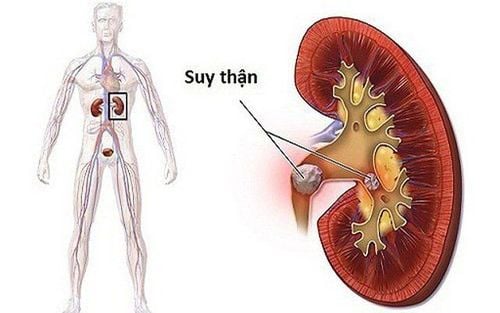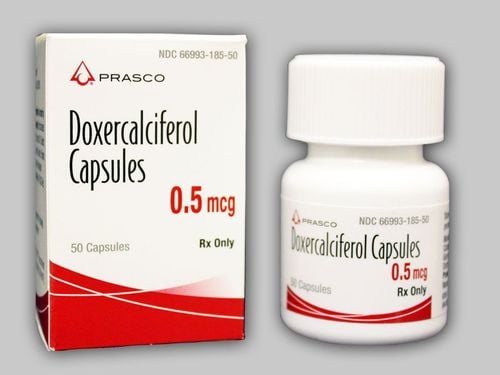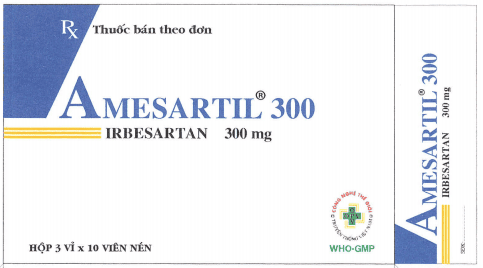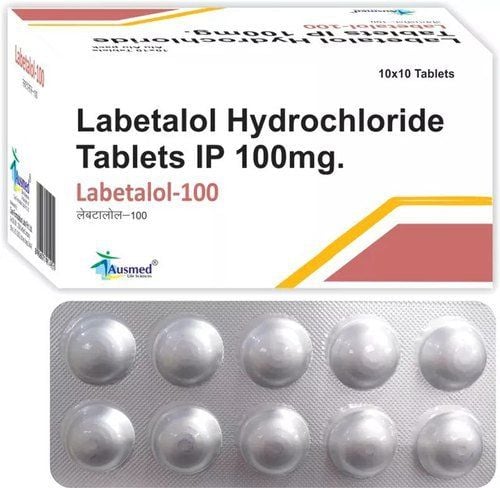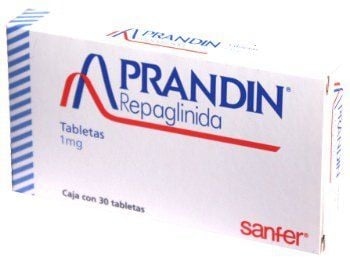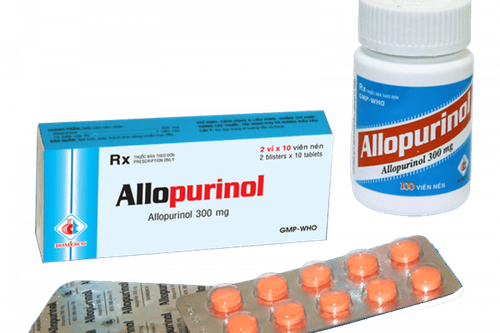This is an automatically translated article.
The article was professionally consulted by a Urologist - Department of General Surgery & Anesthesia - Vinmec Hai Phong International General Hospital.
Complications of kidney disease in people with diabetes are caused by prolonged high blood sugar that damages the kidney's filtering system, leading to impaired kidney function. Along with the increasing frequency of diabetes, kidney complications are increasing day by day and now it is one of the worst consequences of diabetes. This article will help you better understand kidney disease complications in people with diabetes.
1. Symptoms of kidney disease in people with diabetes
The symptoms of kidney disease in people with diabetes are similar to those of chronic kidney disease and often occur when the disease is already in the end stage:
Urine abnormalities: Bubbles or foam in the urine , more or less urine than usual, blood in the urine (usually only visible through a microscope).
Edema: Due to a decrease in glomerular filtration rate, causing water retention, salt retention in the body. Usually there will be edema of the whole body, from the eyelids to the feet, the skin is pale white.
Anemia: Anemia is difficult to reverse because the kidneys do not produce enough Erythropoietin (an essential hormone to make red blood cells from red blood cell line tissue in the bone marrow). Anemia causes fatigue, lightheadedness, dizziness, loss of concentration and chills.
Itching in the skin: Due to the accumulation of high concentrations of waste products in the blood.
Loss of appetite Due to high levels of urea in the blood (uremic syndrome) will make food taste different, loss of appetite and bad breath.
Nausea and vomiting Due to the excessive accumulation of waste products in the blood can cause nausea and vomiting.
Shortness of breath: Due to fluid retention in the lungs or anemia (lack of oxygen-carrying red blood cells) will cause a feeling of shortness of breath.
2. Characteristics of kidney damage in people with diabetes
Complications of kidney disease appear in about 20-40% of people with signs of diabetes. Currently, this is one of the most dangerous complications of diabetes and a leading cause of chronic kidney disease, kidney failure.
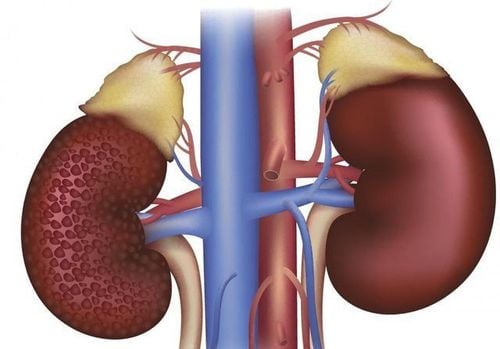
Common signs Kidney enlargement 140%, edema dilated interstitial space, thickened basement membrane, nodular glomerulosclerosis, vascular lesions.
Kidney damage caused by diabetes Glomerular damage: Diffuse renal vascular fibrosis, nodular lesions, fibrosis of the glomerular basement membrane, focal fibrosis.
Injury to the renal vessels: Glass degeneration (hyalinization) of the middle layer of the renal vessels, fibrosis of the renal vessels.
Renal interstitial damage: proximal tubular degeneration, glycogen complex deposition (Armami-Ebstein syndrome), tubular atrophy, renal interstitial fibrosis.
Some notes for diabetic kidney disease: Dialysis earlier: There is indication for dialysis when the glomerular filtration rate is less than 10-15, sometimes <15-20 ml/min/1.73m2. Causes are faster kidney failure, more cardiovascular complications, more severe urea syndrome, more severe eye damage.
Lower filtration efficiency, rapid peritoneal failure, arteriovenous fistula (AVF) failure quickly. More complications like infection, high blood pressure, low blood sugar...
3. How to detect diabetic kidney disease?
There are 3 methods of collecting urine for testing: Random urine sample (usually morning), urine collection of the whole day, urine sample collection within a certain time period (3-4 hours) .
In the first stage, proteinuria is absent, at this time should be checked every 6 months. However, proteinuria will appear later after some time. The first is microproteinuria. This amount of microproteinuria is measured depending on the method of urine collection, usually in the range of 30-299mg/24h or 30-299 micrograms/mg creatinine. When microproteinuria is found, it must be checked every 3 months and need to be treated specifically. At a later stage, the disease will change to clinical proteinuria, that is, proteinuria greater than 300mg/24h. At this time, diabetic kidney disease is more obvious.
The process from the absence of proteinuria to the appearance of clinical kidney disease depends on the time of diagnosis, the type of diabetes mellitus and the quality of treatment. Microscopic proteinuria occurs in 40-50% of patients 10 to 15 years after recovery. Without proper intervention, about 20-40% will turn into clinical kidney disease after 15-20 years. When kidney disease has obvious manifestations, the filtering capacity of the kidneys gradually decreases and within 5-10 years, it will turn into end-stage renal failure. In fact, there are many cases, patients come to the hospital when there is a lot of protein in the urine, or the kidneys have failed because they did not go to the doctor before and the diabetes is slowly progressing, which has destroyed the urinary system. In addition, improper treatment, wrong medication will quickly worsen kidney disease.
High blood pressure is also a common manifestation of diabetic nephropathy. High blood pressure is both a cause and a consequence of kidney damage. Blood pressure readings can be moderately high, or they can be intermittently high. Approximately 30% of newly diagnosed diabetic patients have hypertension and 70% have hypertension during severe renal disease. People who are obese, inactive, and eat salty foods are often at increased risk of high blood pressure.
4. Measures to prevent progression of diabetic kidney disease
Blood pressure control: (target < 130/80 mmHg) give preference to ACE inhibitors, in addition to lowering blood pressure patients can: treat dyslipidemia, limit protein in the diet, reduce weigh yourself if you're overweight, eat lightly, give up alcohol, smoke, and exercise regularly. Blood sugar control: always keep blood sugar stable within the allowable limit (<7mmol/l fasting and <10mmol/l 2 hours after eating.
5. Prevention of complications of diabetic kidney disease
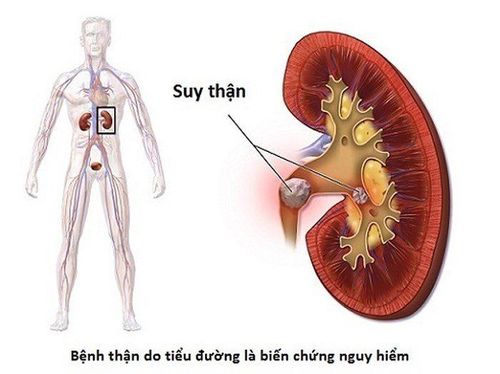
Good blood sugar control : Good blood sugar control can prevent kidney disease from progressing. A UK study of 3,867 patients showed that, if treated aggressively and followed a strict diet, the risk of complications was reduced by 25%. Another study in Japan, if stabilizing blood sugar will prolong the time of complications up to 6 years.
Attention should be paid to some antidiabetic drugs that are eliminated by the kidneys, if the kidney is damaged, it may increase the side effects of the drug. Patients should be consulted for appropriate treatment for each stage of the disease. Patients also need to monitor blood glucose levels HbA1c because this is also a test that shows the correlation between kidney damage and blood sugar regulation.
Good control of blood pressure and proteinuria: Changing lifestyle and diet is an effective remedy to reduce the condition. Don't smoke, lose weight, increase physical activity, exercise regularly. A light, low-fat diet not only lowers blood pressure, but also reduces the risk of other cardiovascular complications. The most commonly used drugs are Angiotensin-converting enzyme inhibitors or ARB receptor blockers. Reducing blood pressure will prevent the risk of macrovascular as well as microvascular complications, well control blood pressure and proteinuria will slow the progression of diabetic kidney disease.
The above article includes essential information about kidney disease complications in people with diabetes. Diabetic nephropathy is a dangerous diabetes complication that can lead to kidney fibrosis and kidney failure, forcing the patient to be treated with dialysis or a kidney transplant. Even end-stage renal failure can be life-threatening. Proper treatment can delay or prevent the development of kidney disease in people with diabetes, so people with diabetes should take steps to prevent this condition early on.
Please dial HOTLINE for more information or register for an appointment HERE. Download MyVinmec app to make appointments faster and to manage your bookings easily.




